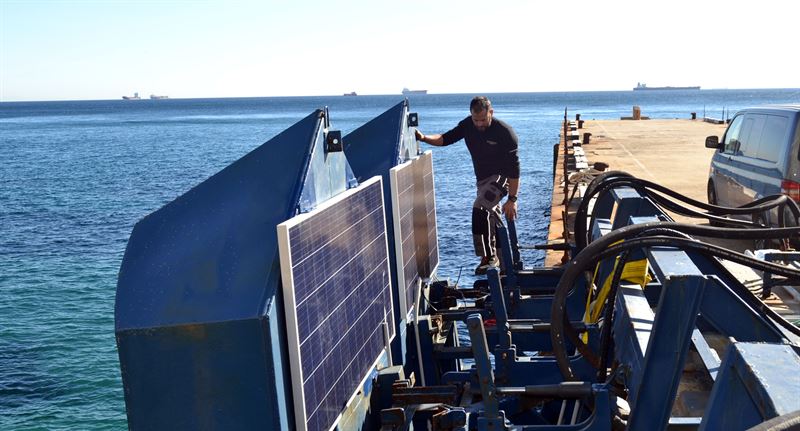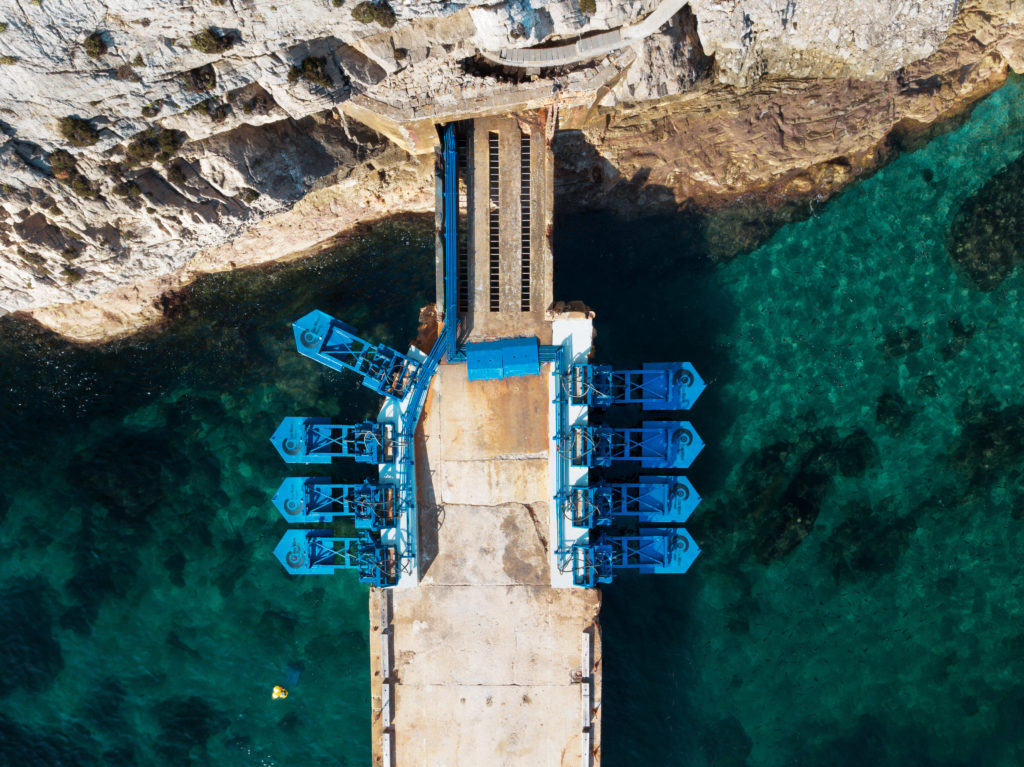The oceans have long been a source of mystery — with an average depth of 3.7 km, it’s unexplored depths have beckoned explorers and scientists to understand how this underwater world works. It’s been the source of inspiration for books, poetry, myths and legends, and some of the greatest stories of all time. And now, Eco Wave Power has devised a way to tame some of its depths to add a new wave of renewable power to the future energy grid. We got a chance to speak to Eco Wave Power about the challenges of establishing a newer form of renewable energy.

Two Homes: Eco Wave Power is from Israel and Sweden
The startup from Israel and Sweden knew early on that it was going to be challenging to evangelise wave energy to an industry with clear leaders in solar and wind power. Though the rapid adoption of various renewable energy forms is excellent in the face of climate change, more available tools will better support the demands of the energy network.
“About a month in our company actually listed in the NASDAQ Nordic in Stockholm, and for us that was very much a strategic move, because right now we have 190 MW in the project pipeline worldwide, and a majority of which is located in Europe, so we really wanted to have that European presence to develop those projects. In addition, the European market is actually the most advanced in the world in terms of the adoption of wave energy, so that was another kind of strong selling point,” said Eco Wave Power Business Development Manager Yair Rudick.

A Look to the Past of Wave Energy Generation
Eco Wave Power is not the first company to come up with power generated from the oceans. Scientists have long looked to the oceans as a source of power, given a high perceived potential for offshore wave generation. It’s also important to note the distinction between wave and tidal power. Wave power relies on capturing the energy from wind waves, which are waves that result from wind passing over the top of a free body of water, resulting in waves. Tidal power is power generated from the natural ebb and flow of the edges of the oceans due to the gravitational force of the sun and the moon.
The earliest known patent for wave energy was filed in Paris in 1799, and in the mid to late 1800’s interest mounted for the technology which promised massive electricity generation potential. However, the source never took off, and today Eco Wave Power is taking on a technology that is mostly un-commercialised.
Rudick commented, “Our biggest challenge is not on the technical side, because we do infrastructure, so it’s a lot much more on the bureaucratic and legislative side. So there are already some countries that are adopting…subsidy schemes to support this new renewable energy source to get the permits, the licences, the grid connection approval. You know it’s quite difficult and you know quite a long process in a lot of locations, especially when there’s no legislation that’s been put in place for this specific renewable energy source, which you know, it hasn’t been commercialised yet, so it makes sense.”
There are many other challenges to establishing wave energy as a major competitor in the renewable energy landscape, including the high cost of infrastructure and potential risks to the marine environment.
The Future of Eco Wave Power
Moving forward, Eco Wave Power is hoping to expand its efforts to North America and South East Asia in the long run, after establishing itself in the European market, where traction for renewable energy is much higher, and a lot of legislation is in place to help encourage increased uptake of use of renewable energy production.
Rudick added, “So I think the European Market is much more open to risk and the adoption of new renewable energies, because they see the potential much more than the bottom line, especially in the beginning. We do see that wave energy will make its case in the United States and in North America in general, but Europe has really been the earliest adopters.”


